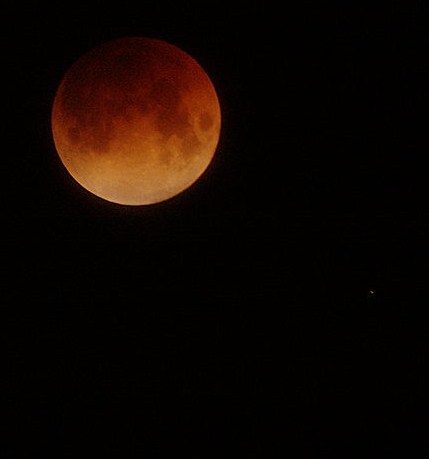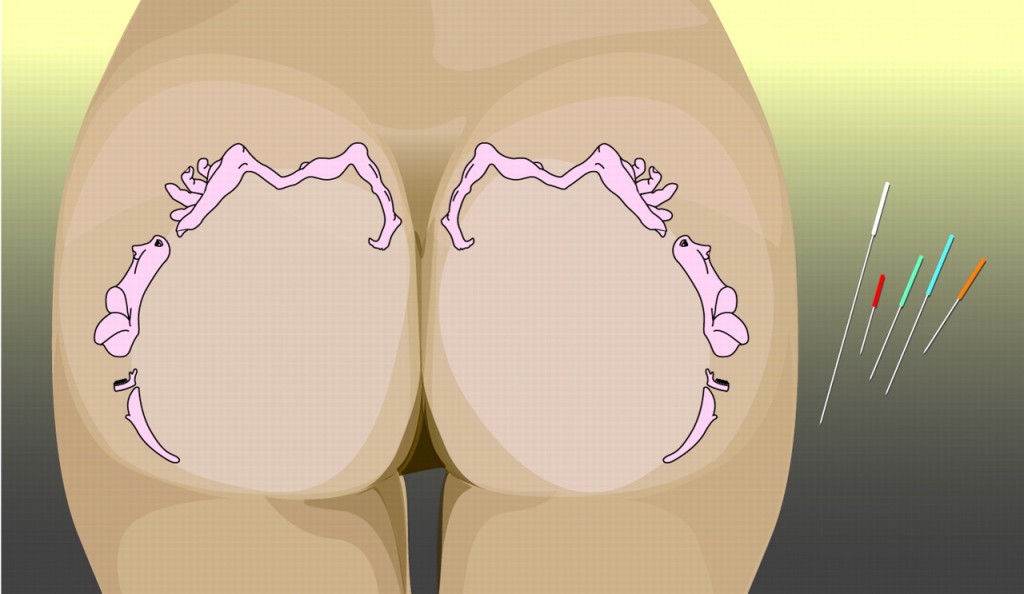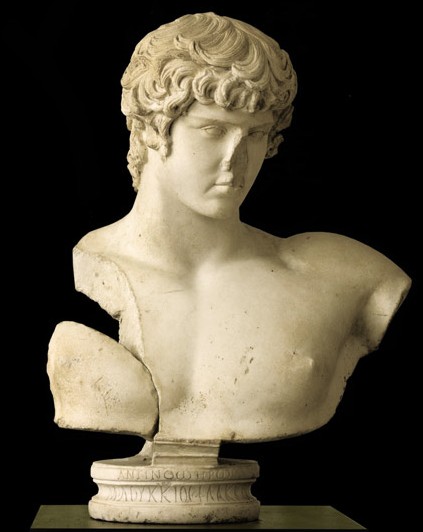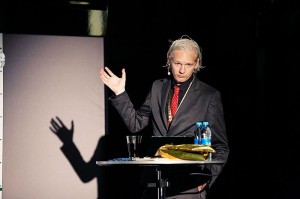 Once upon a time, in a far off land, a boy and a girl courted and fell in love. Although they lived in the big city, they decided to tie the knot in Montana, where the boy’s parents live. But before the state would recognize their union, the girl had to have a blood test.
Once upon a time, in a far off land, a boy and a girl courted and fell in love. Although they lived in the big city, they decided to tie the knot in Montana, where the boy’s parents live. But before the state would recognize their union, the girl had to have a blood test.
Pre-marital blood tests came into vogue in the mid-1900s as a way to stem the dramatic increase in syphilis. But by the 1980s, however, they had lost their appeal. Many states found that they weren’t cost effective. The number of cases detected was minuscule compared to the money being shelled out to test all the excited young lovers hoping to wed. When Massachusetts repealed its blood test requirement in 2005, officials said the test was outdated and an economic burden to the state and to couples, according to the Associated Press.
Today, only two states require blood tests before marriage: Mississippi and Montana. Continue reading






